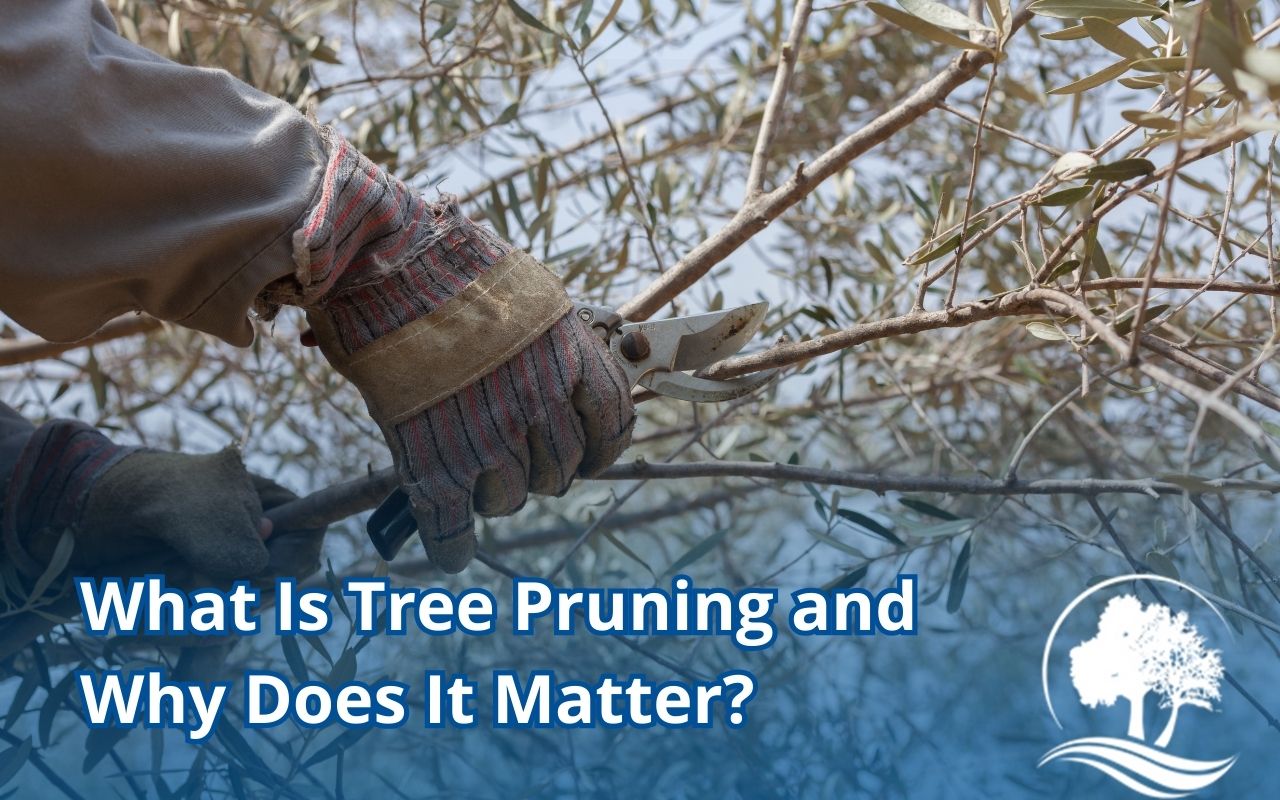
Many homeowners wonder, “What is tree pruning, and why is it necessary?” Pruning is a crucial tree care practice that removes dead, weak, or diseased branches to promote healthy growth. It enhances safety, improves tree structure, and encourages long-term vitality. Understanding the purpose of pruning helps property owners maintain strong, well-shaped trees that withstand weather changes and enhance outdoor spaces.
How Tree Pruning Supports Growth and Strength
The Purpose of Tree Pruning
Pruning is more than just cutting branches—it’s a strategic process that improves a tree’s health. The main goals include:
- Eliminating dead or diseased limbs
- Preventing weak branches from falling
- Encouraging stronger, well-spaced growth
- Improving overall tree structure
Regular pruning reduces stress on a tree, allowing it to grow efficiently without struggling to support unnecessary branches.
Types of Tree Pruning
Different pruning methods address various tree needs:
- Thinning: Removes small branches to improve airflow and sunlight penetration.
- Deadwood Removal: Eliminates decayed branches to prevent disease spread.
- Crown Reduction: Reduces overall height and size for structural balance.
- Shaping: Enhances the tree’s natural form without harming its health.
Each method contributes to a tree’s longevity and resilience against harsh conditions.
Why Tree Pruning Is Essential for Tree Health
Prevents Disease and Decay
Unpruned trees can develop infections that spread quickly. Removing affected branches stops the disease from advancing and protects healthy growth.
Strengthens the Tree Structure
Weak branches pose a hazard during storms or high winds. Pruning eliminates unstable limbs, reducing the risk of breakage and damage.

Enhances Sunlight and Airflow
Dense tree canopies block sunlight and trap moisture, creating an environment for fungal growth. Pruning increases exposure, ensuring a healthier ecosystem.
Encourages New Growth
Trees redirect energy to stronger, healthier branches when unnecessary limbs are removed. This process stimulates new shoots and better foliage production.
The Best Time to Prune Trees
Tree pruning is most effective during specific seasons:
- Late Fall to Early Spring: Best for structural pruning while trees are dormant.
- After Flowering: Ideal for trees that bloom in spring to avoid cutting future buds.
- As Needed: Diseased or dangerous branches should be removed immediately.
Proper timing prevents unnecessary stress and supports long-term tree health.
Key Benefits
Pruning provides multiple advantages that go beyond appearance:
- Promotes healthy growth by directing energy to strong branches.
- Reduces risks of falling limbs that could cause property damage.
- Prevents disease spread by eliminating infected areas.
- Improves overall tree shape for better aesthetics and balance.
A well-pruned tree is stronger, healthier, and safer for any property.
Professional Tree Pruning Services Available
Proper pruning requires expertise to ensure trees thrive. We provide licensed and insured tree services across Maryland, serving residential and commercial properties with over 17 years of experience. Call today for a free estimate and professional tree care.
